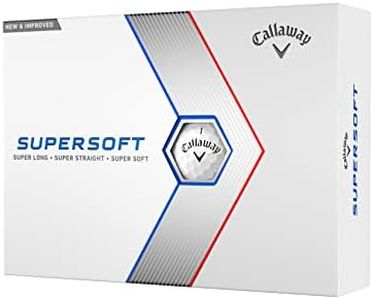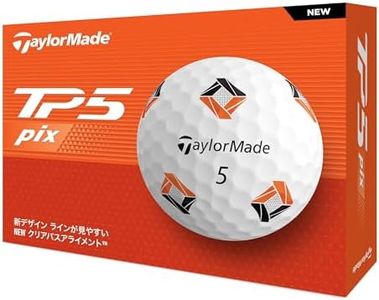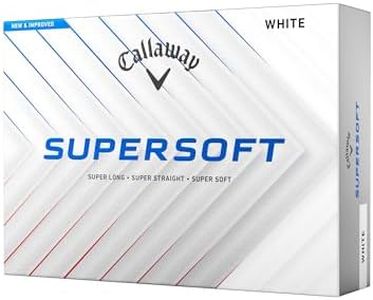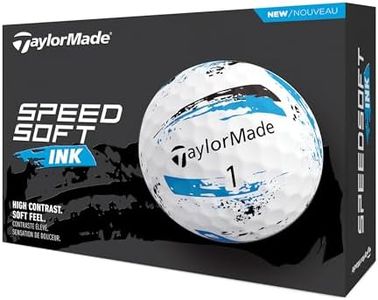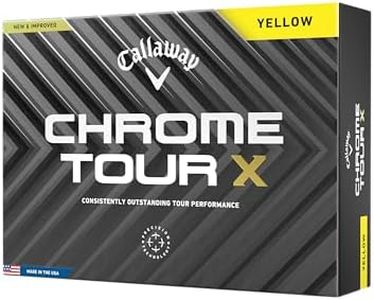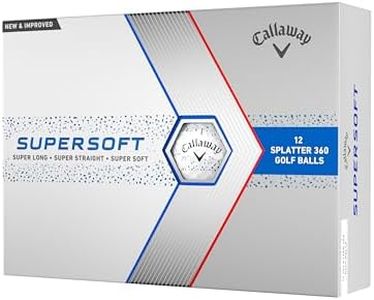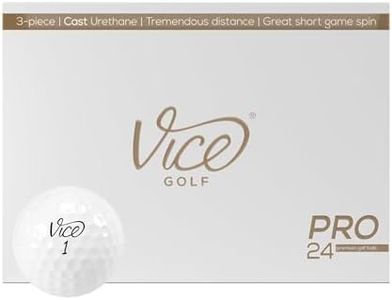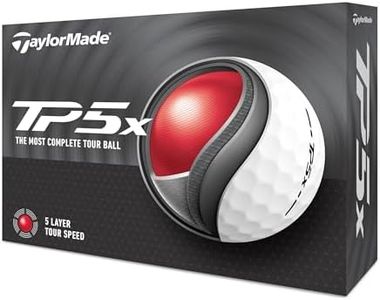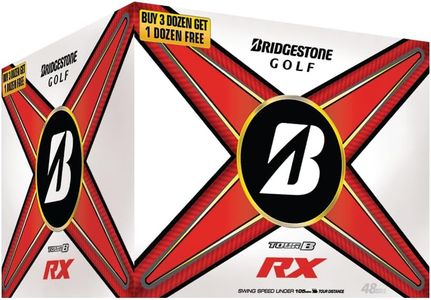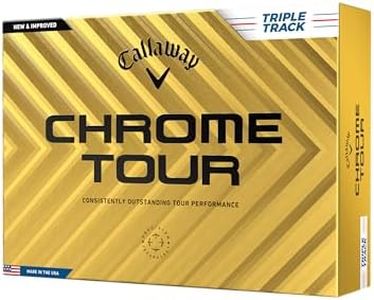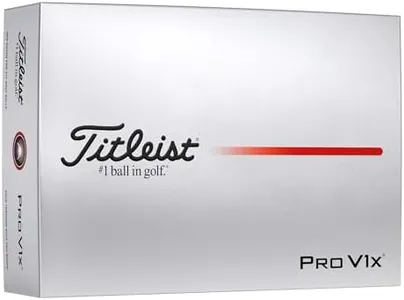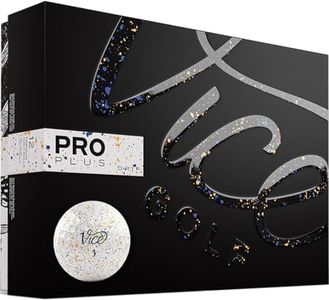We Use CookiesWe use cookies to enhance the security, performance,
functionality and for analytical and promotional activities. By continuing to browse this site you
are agreeing to our privacy policy
10 Best Spin Golf Balls
From leading brands and best sellers available on the web.By clicking on a link to a third party's website, log data is shared with that third party.
Buying Guide for the Best Spin Golf Balls
Choosing the right spin golf ball can make a big difference in your overall golf performance, especially in controlling shots and achieving your desired ball flight. It's important to understand which features truly impact your game, and how to match those features with your own style of play. By focusing on a few key specs, you can confidently pick the best spin golf ball for your needs.Spin RateSpin rate refers to how much the ball spins when it is hit, especially from the tee and with irons or wedges. High spin rate balls provide more backspin, which helps control the ball on the greens and makes it easier to stop the ball quickly or even spin it backward. Lower spin rate balls, on the other hand, tend to travel straighter and lose less distance to sideways movement but are harder to control around the green. If you value control and often attempt to shape shots or make delicate approaches, a higher spin golf ball is better for you. If you struggle with slicing or hooking, you might prefer a lower spin ball.
Cover MaterialThe cover of the golf ball, typically urethane or ionomer, greatly affects spin. Urethane covers usually provide a softer feel and significantly more spin, which is desirable for skilled players looking for advanced control around greens. Ionomer covers are generally more durable and offer less spin, which can be easier for beginners who prioritize distance and straight shots. To decide the right cover, think about whether you want more control (urethane) or more durability and simplicity (ionomer).
CompressionCompression is a measure of how much the ball deforms when struck, influencing feel and performance. Low compression balls are softer and compress more easily, ideal for players with slower swing speeds who want to generate more spin and distance. Higher compression balls are suited for faster swingers and can produce more predictable spin and a firmer feel. Choose a lower compression if you have a moderate or slower swing; go higher if you swing fast and want to maximize control.
FeelFeel describes how the ball responds off the clubface, particularly noticeable in short game shots and putting. Soft-feeling balls generally offer better feedback when chipping and putting, aiding precision for delicate shots and helping skilled players with touch. Firmer balls may travel a bit farther, but can feel less sensitive. If you value short game finesse and like precise responses, go for a softer feeling spin ball. If you prioritize distance, a firmer feel might be preferable.
DurabilityDurability refers to how well the ball holds up after repeated hits, particularly when using wedges or in bunkers. High spin balls sometimes use softer covers, which can cut or scuff more easily, while distance-oriented or harder balls last longer. If you tend to lose balls less often and want maximum performance, softer and less durable high-spin balls are good. If you're rougher on balls or want them to last several rounds, durability should be a bigger priority.
